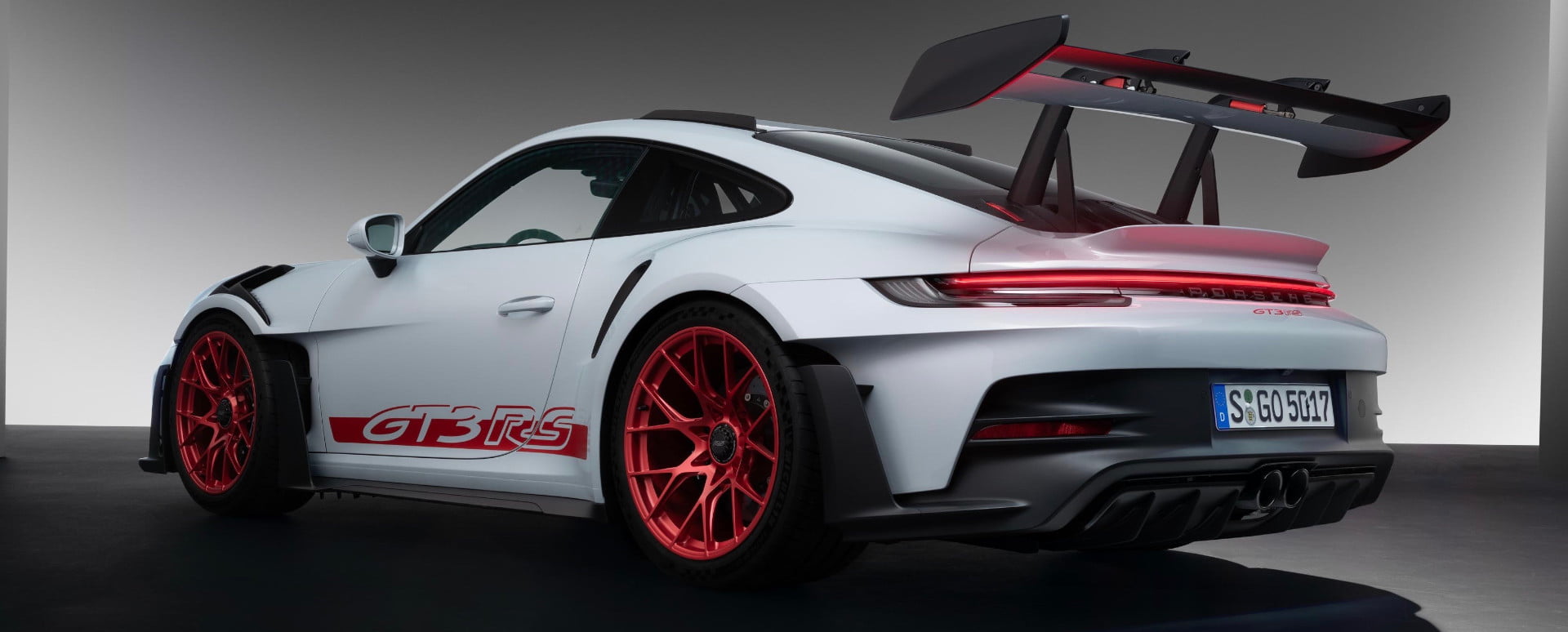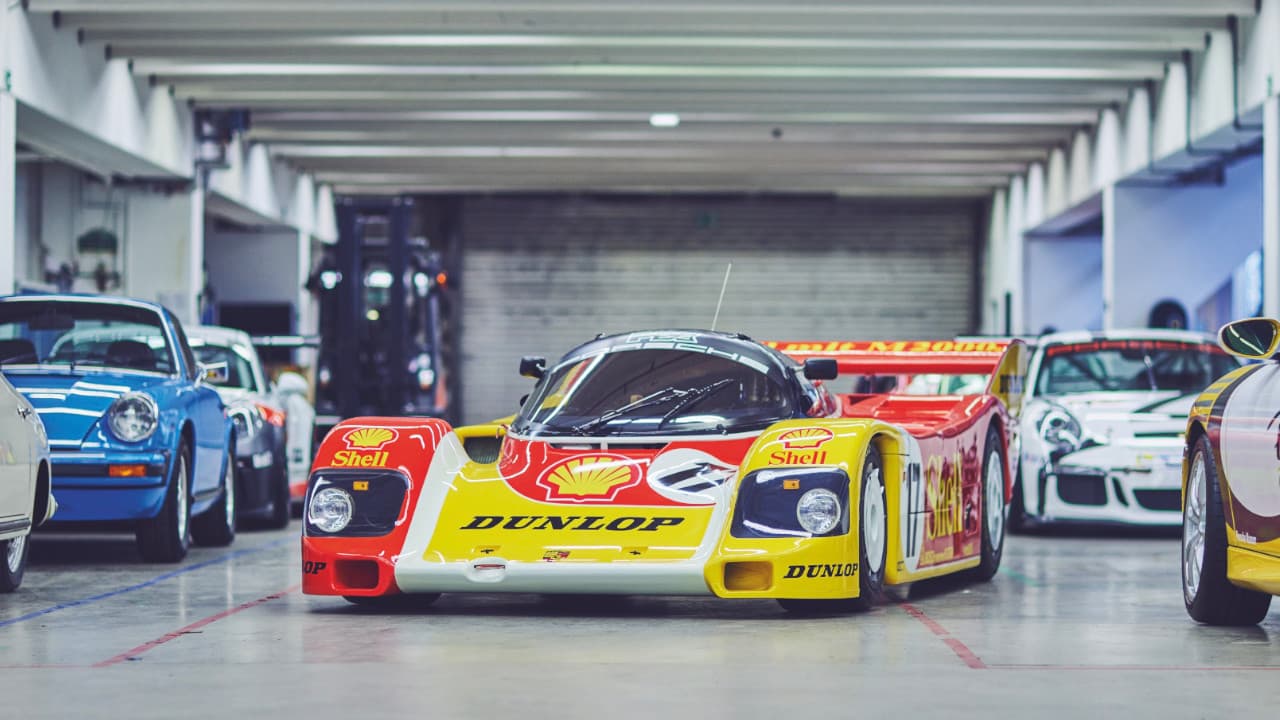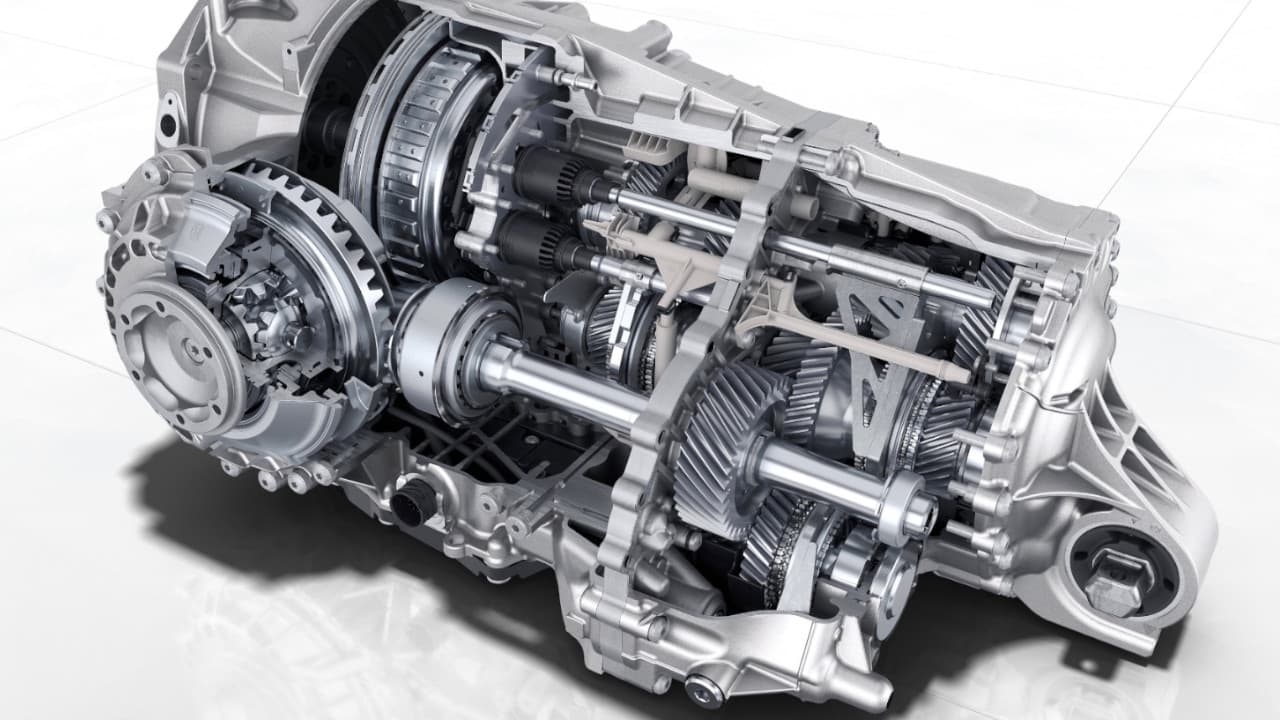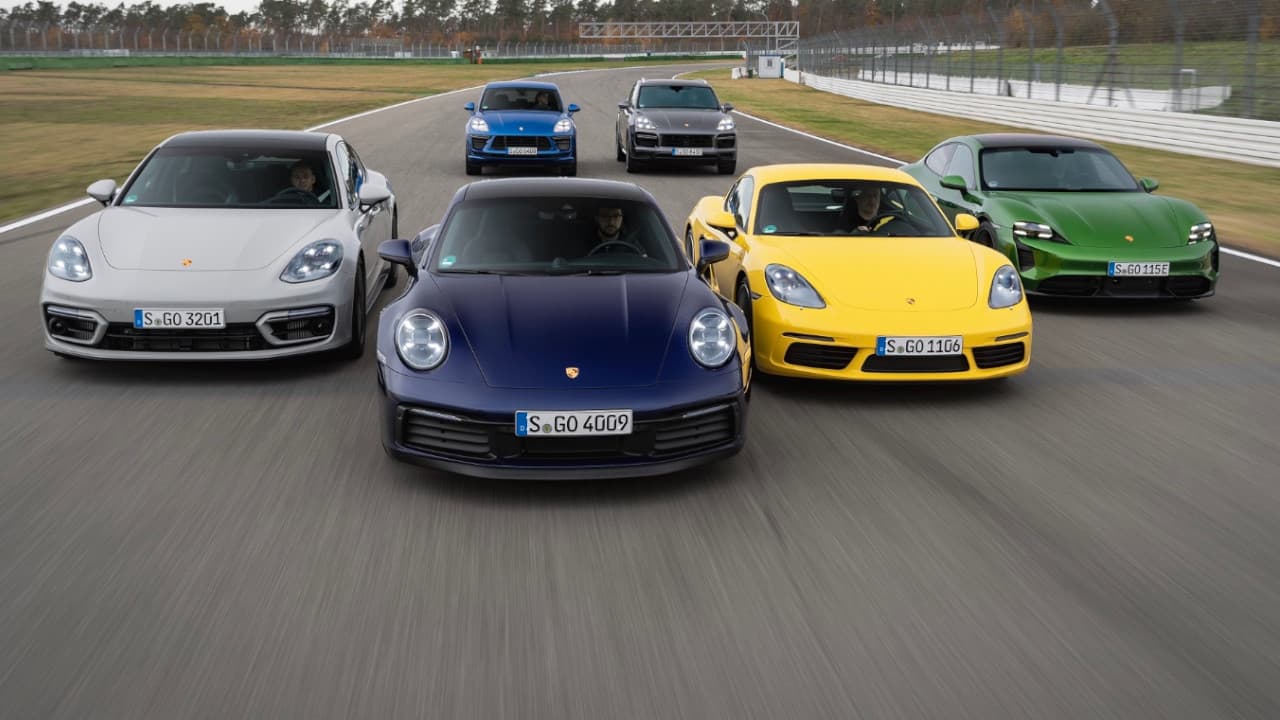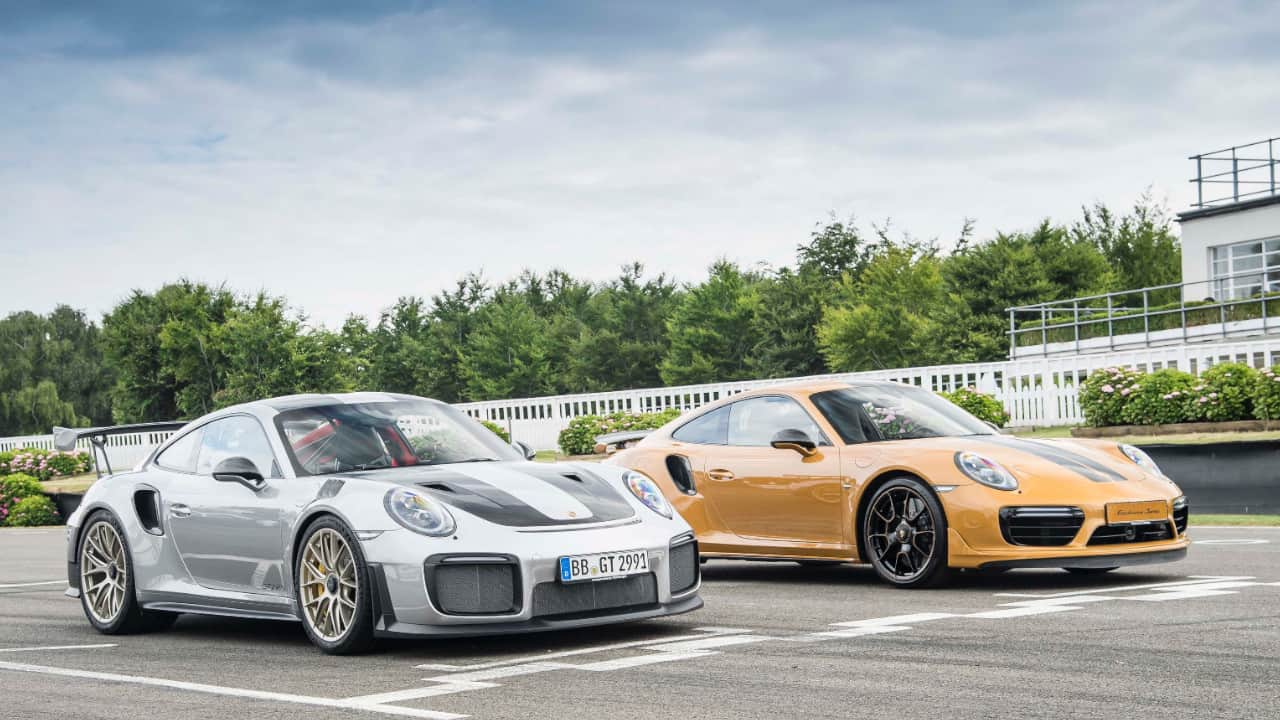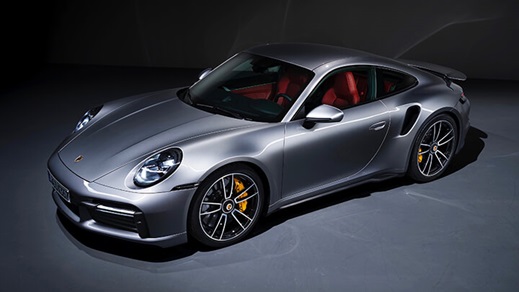What is Porsche PDK?
13th Jun 2023
What is PDK?
Porsche are one of the most iconic car manufacturers in the world, and they have a few acronyms when talking about their legendary sports cars.
One of the most common acronyms associated with Porsche is that of PDK, but what is it?
Put simply, PDK stands for 'Porsche Doppelkupplungsgetriebe'. This translates from German as 'Porsche dual-clutch transmission' and is the name for its high-performance automatic Porsche transmissions in the modern era.
Read on below to learn more about Porsche PDK.
- When did PDK become available?
- How does PDK work?
- What Porsche models have PDK?
- What are the advantages of PDK?
- What are the disadvantages of PDK?
When did PDK become available?
Porsche first introduced PDK in 2008, as an option on their 911 models. Just a year later, the PDK was a standard option on the Panamera.
The PDK idea can be dated back as far as 1964, but it was not until technology had advanced and electric control systems had become available that PDK started to look like a serious option for Porsche to use in their cars.
It was Rainer Wüst who was responsible for the development of PDK, which started to gain traction in the early 1980s. He wanted to combine the efficiency of a manual transmission with the speed and performance of full automation.
The PDK concept was tested in a Porsche 944 Turbo, but Wüst's Head of Development, Helmuth Bott, convinced Porsche needed motorsport to do some proper testing.
The iconic Porsche 956 tested PDK on track, where legendary drivers such as Hans-Joachim Stuck expressed how they were able to change gears significantly faster, helping achieve better lap times.
How does PDK work?
Since the motorsport testing in the 1980s where drivers expressed how it was about faster shifts, PDK has evolved to what it is today. Essentially the foundation still stands - PDK is all about making shifting faster, without the need for a clutch pedal.
Therefore, as you have probably guessed from its name, PDK uses two clutches. One clutch operates the first, third, fifth, seventh and reverse gears, whilst the second clutch manages the second, fourth and sixth gears.
This means, that unlike a manual gearbox where you come off the accelerator and shift, when one gear disengages in a PDK, the next gear is ready in a seamless fashion where drivers cannot even notice the change. It is quick, smooth and you do not need to lift off the accelerator.
This ensures the best possible lap times, which when PDK derived from motorsport, PDK effectively brings motorsport performance to road cars. This is why Porsche are able to produce some of the world's best high performance sports cars.
What Porsche models have PDK?
The 911 may well have been the first model to offer PDK as an option, and the Panamera to offer it as standard, but they are joined by other Porsche models in offering this slick and fast automatic transmission.
And let us not forget, in most cases the PDK is offered alongside the purists favourite - the 6-speed manual gearbox. Whilst some cars are PDK only, such as the range-topping Porsche RS models such as the 911 GT3 RS and Porsche GT4 RS
Current Porsche models where a PDK can be specified as an option or as standard at the time of writing include:
With Porsche offering some of these cars with a manual gearbox too, it is no wonder Porsche are some of the most sought-after drivers cars available, catering for all tastes.
What are the advantages of PDK?
There are several advantages of PDK in relation to a manual gearbox or standard automatic. The advantages include:
- Quicker shifts - Porsche's range-topping halo cars such as the GT3 RS have PDK as the only option due to their speed, which help the car achieve the fastest lap times, lap after lap
- Seamless - the PDK is hugely developed that drivers will not notice much, if any, of the gearchange
- Fuel consumption - usually, a PDK gearbox will use less fuel than a convention manual gearbox
- Comfort - a PDK is usually better at the boring stuff, such as town driving and traffic, whereas a manual gearbox can be a little more hard work for town driving, especially with heavy sports clutches
- Launch control - PDK has an awesome feature which allows you to launch your Porsche in the quickest way
- Quicker 0 to 62mph times - because the shifts are seamless, Porsche models equipped with PDK officially have quicker 0 to 62mph times. For example a Porsche 718 Cayman GTS is a half a second faster than its manual alternative
- Semi automatic - If you still want to have some manual action when using PDK, the paddles allow you to change gear manually
What are the disadvantages of PDK?
With the automated PDK transmission, there are a few disadvantages to take into account, these are:
- Expensive - PDK is usually a lot more expensive than a manual gearbox
- Less engaging - a manual gearbox is usually a more engaging driving experience and is often more rewarding as more effort is involved when changing gear - Porsche manual gearboxes, especially with cars like the 911 R which became hugely sought-after when PDK seemed to dominate Porsche transmissions
- Complex - the PDK is more complex than a manual gearbox, which means if it goes wrong, it is much more to fix
Discover your perfect Porsche with Stratstone
Whether you want a Porsche with a PDK or a manual gearbox, Stratstone Porsche can help you find your perfect Porsche.
We have an excellent portfolio of official Porsche centres across the UK and our teams are on hand to help in finding your next new or used Porsche, along with being on hand to offer excellent aftercare at our centres.
Alternatively, if you enjoyed this article, why not check out our dedicated blog section.

